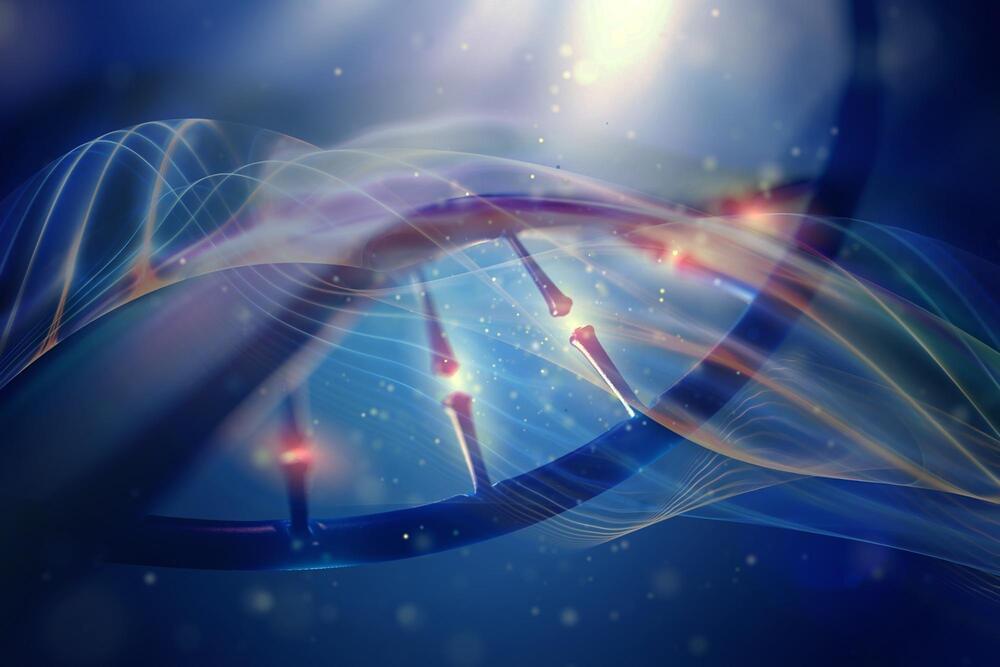Oct 13, 2024
Organic Matter on Mars was formed from Atmospheric Formaldehyde
Posted by Natalie Chan in categories: alien life, chemistry, evolution
Researchers have developed a Martian atmospheric evolution model to propose a new theory about Mars’s past. Although Mars is currently a cold, dry planet, geological evidence suggests that liquid water existed there around 3 to 4 billion years ago. Where there is water, there is usually life. In their quest to answer the burning question about life on Mars, researchers at Tohoku University created a detailed model of organic matter production in the ancient Martian atmosphere.
Organic matter refers to the remains of living things such as plants and animals, or the byproduct of certain chemical reactions.
Whatever the case, the stable carbon isotope ratio (13C/12C) found in organic matter provides valuable clues about how these building blocks of life were originally formed, giving scientists a window into the past.

















